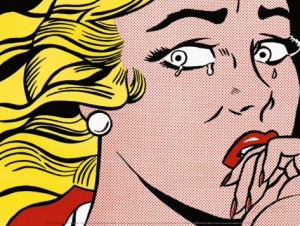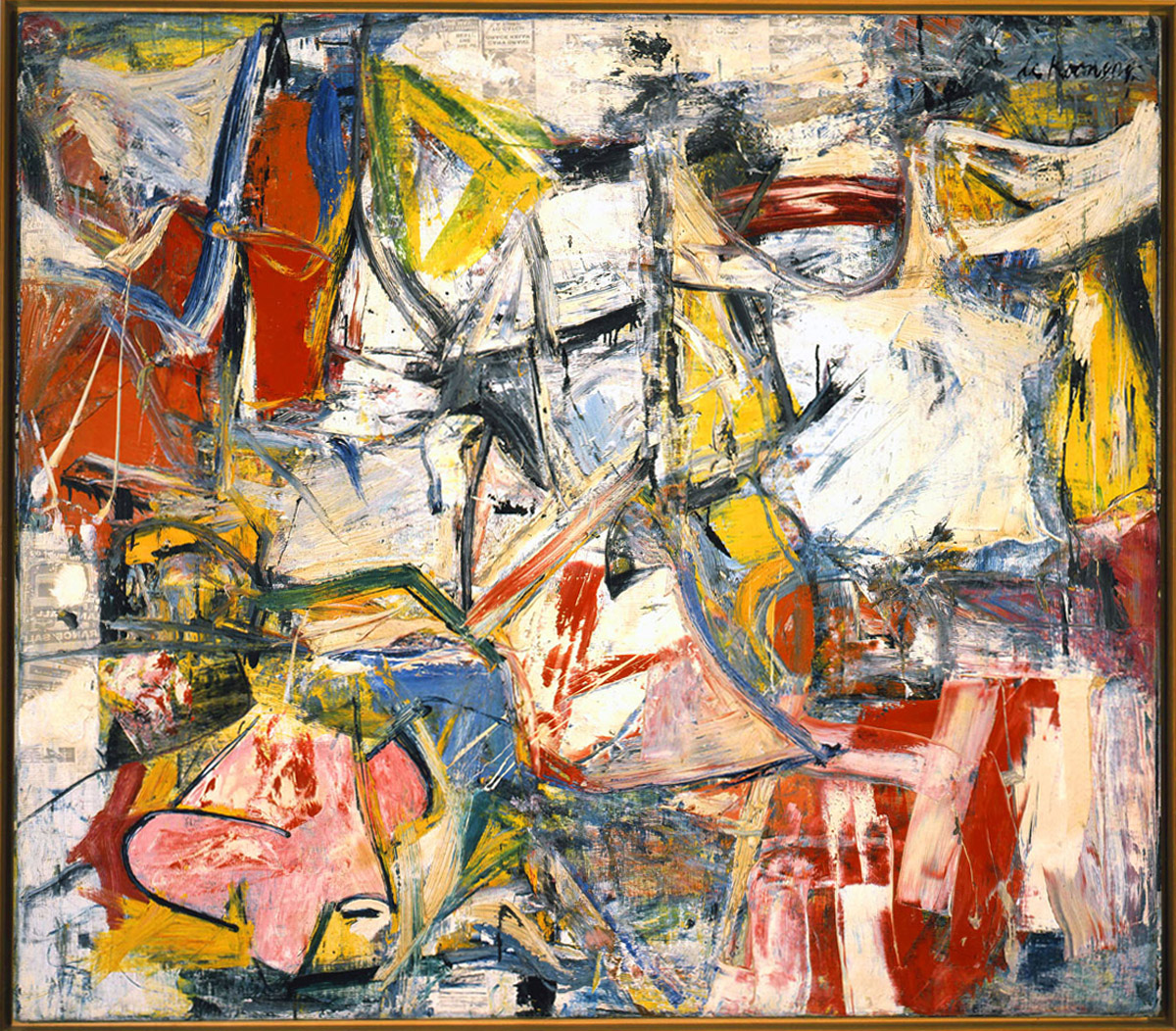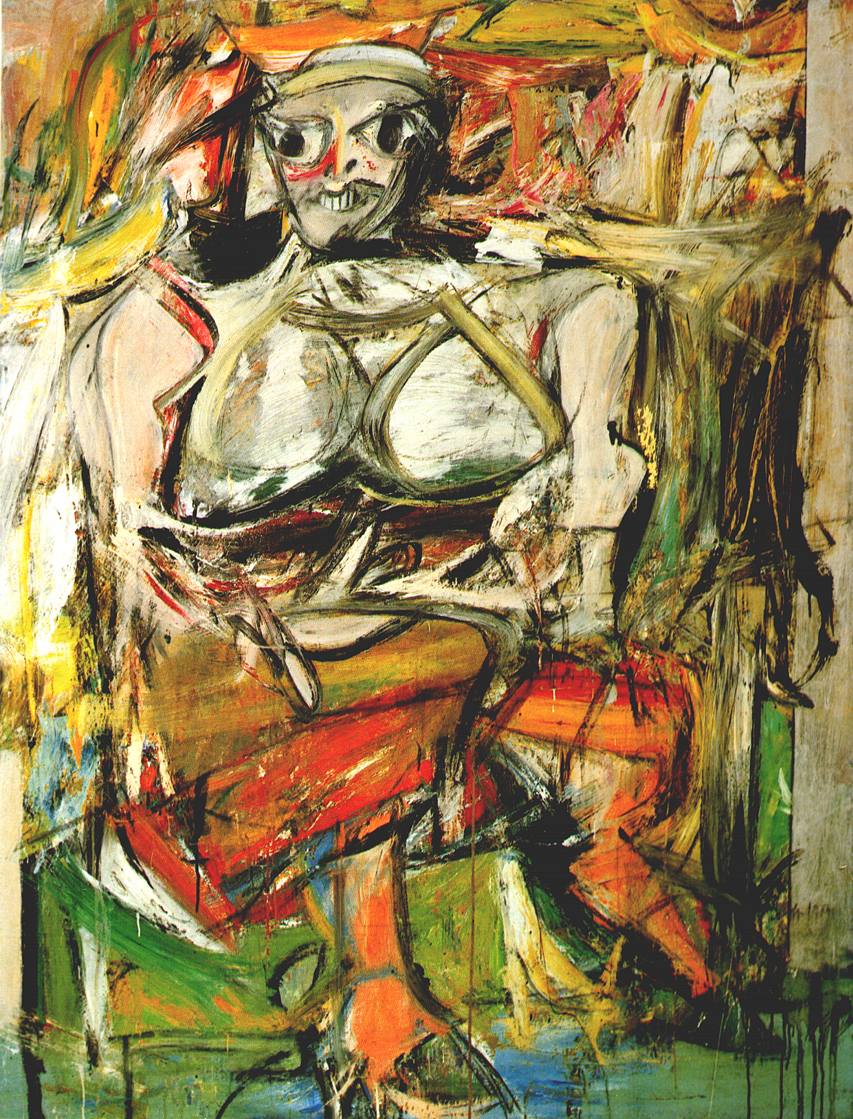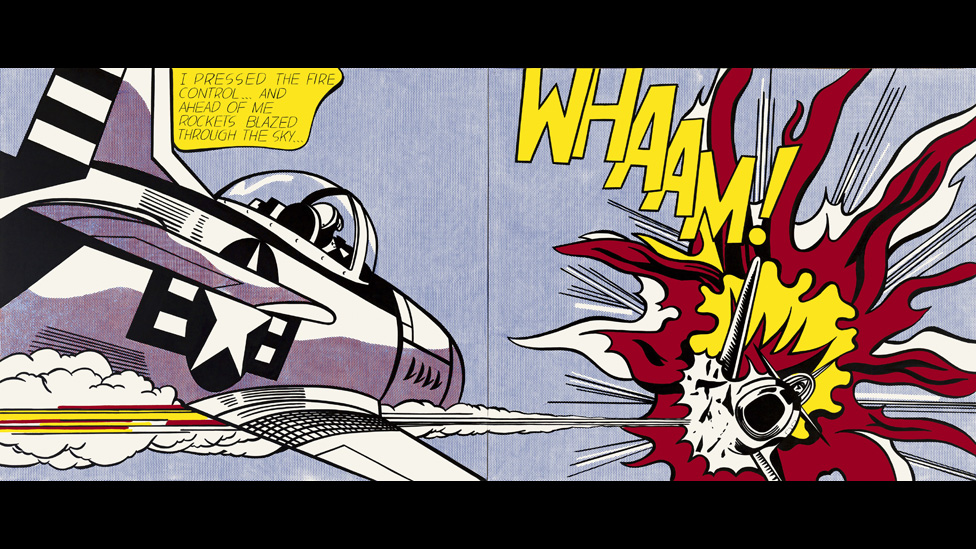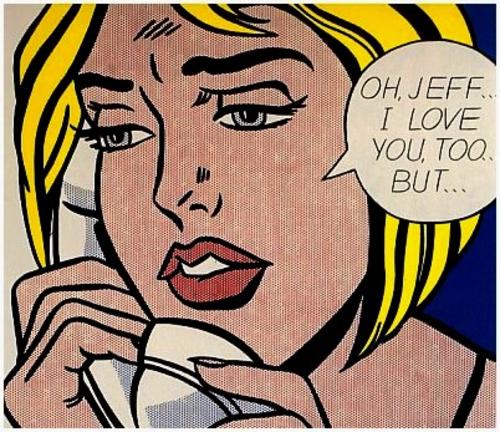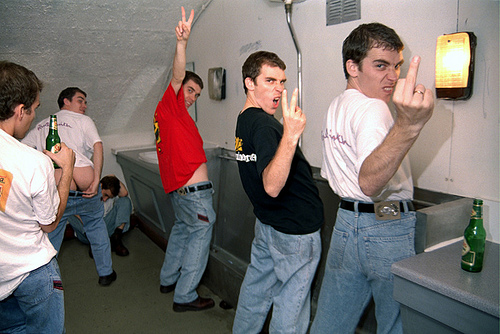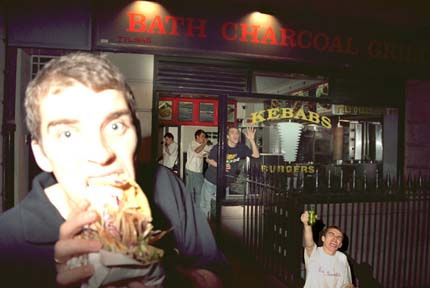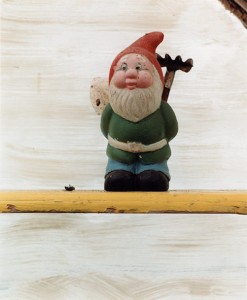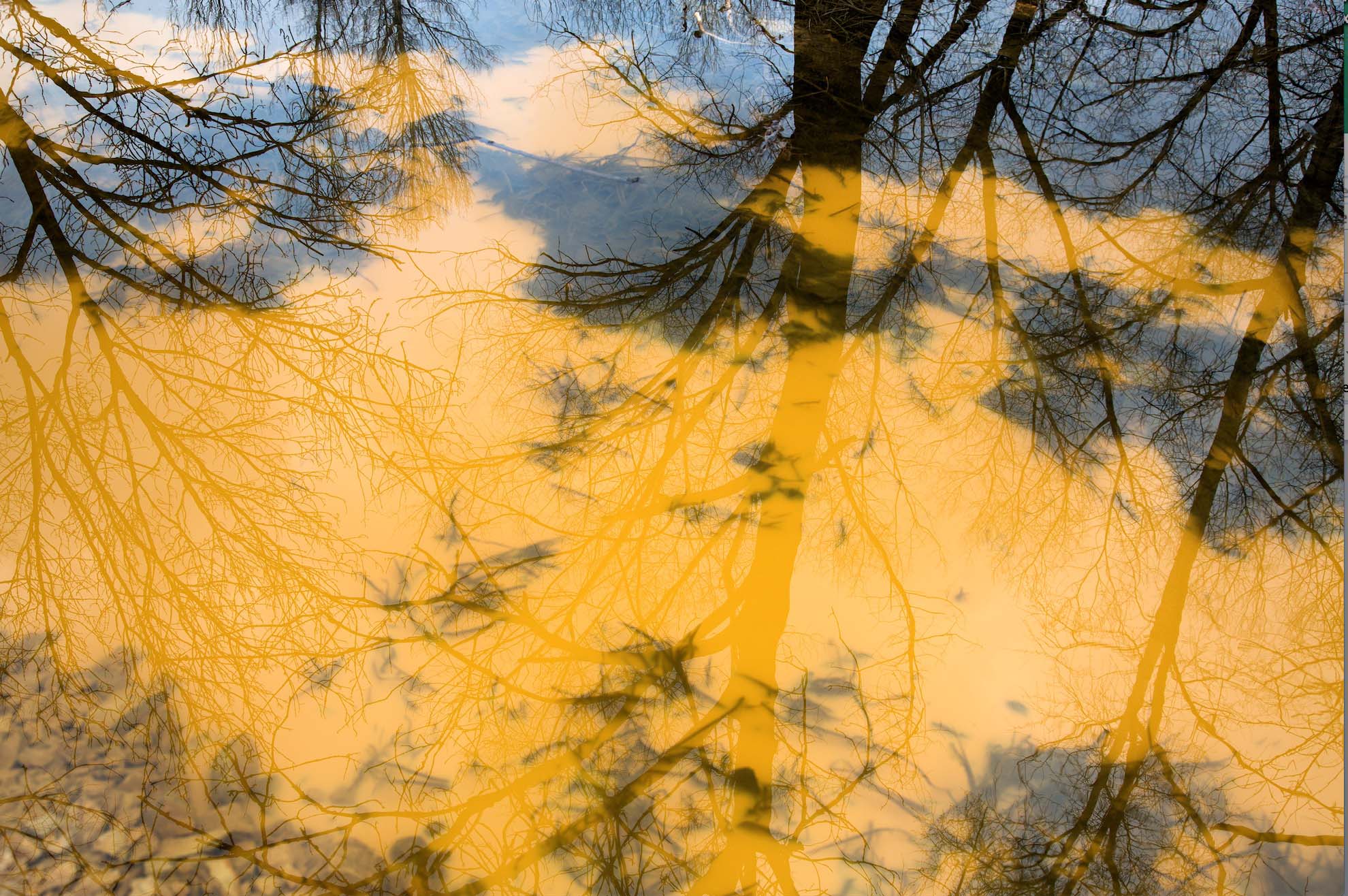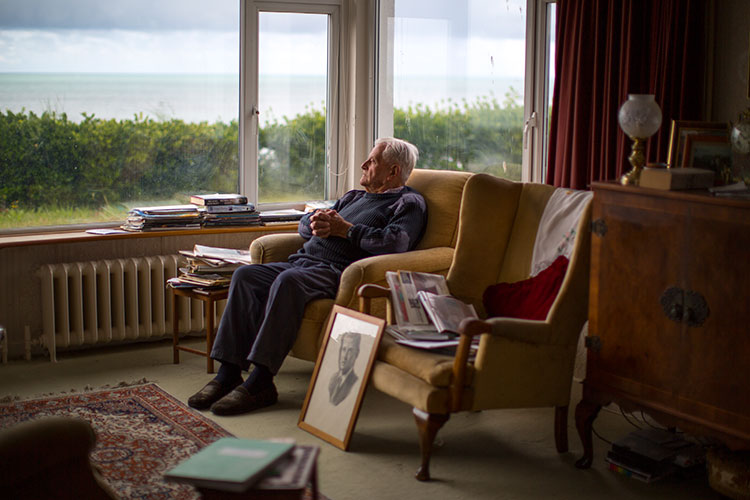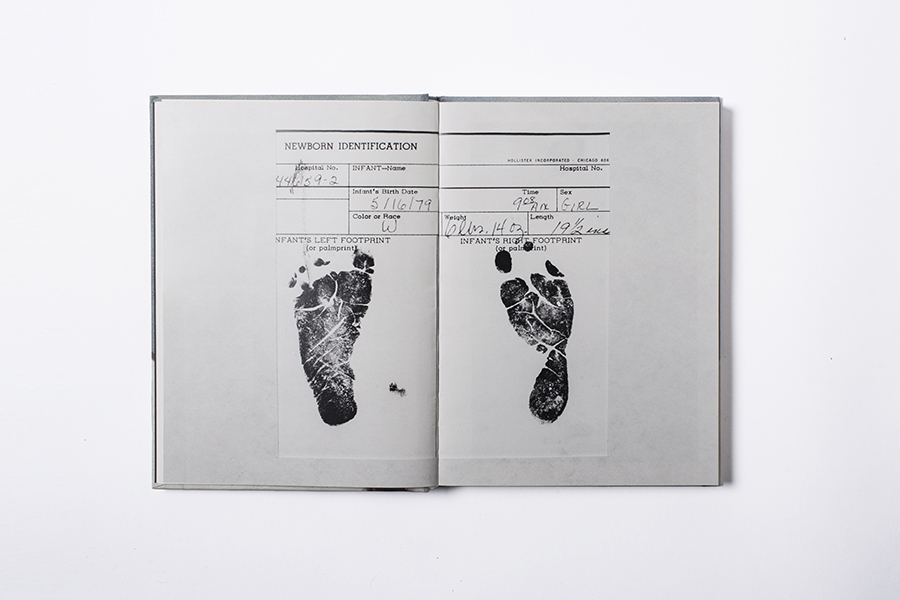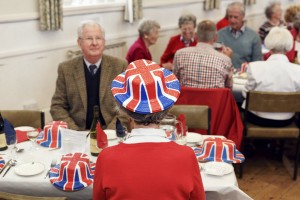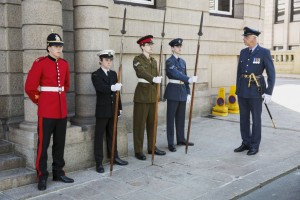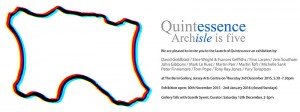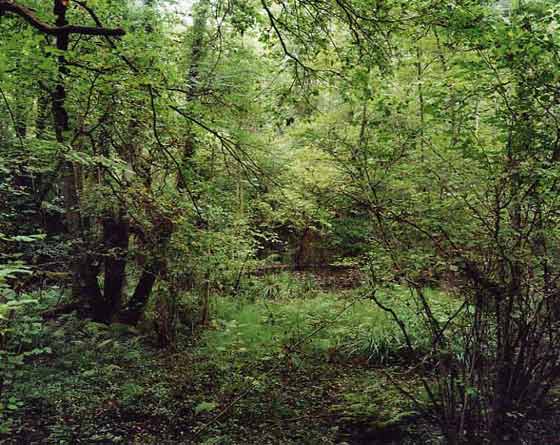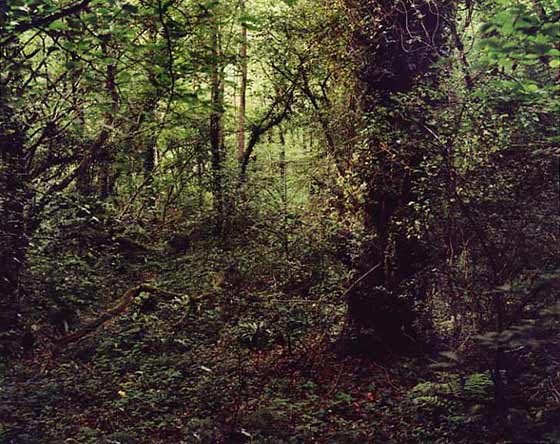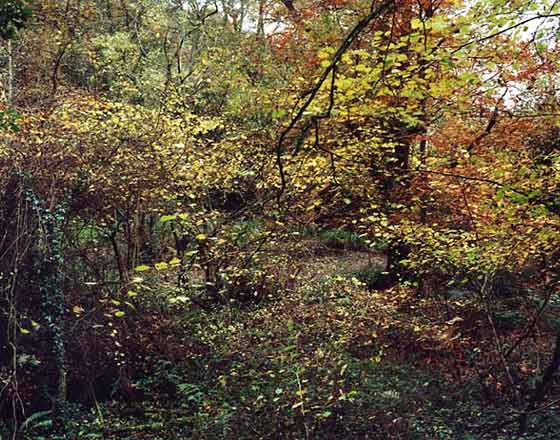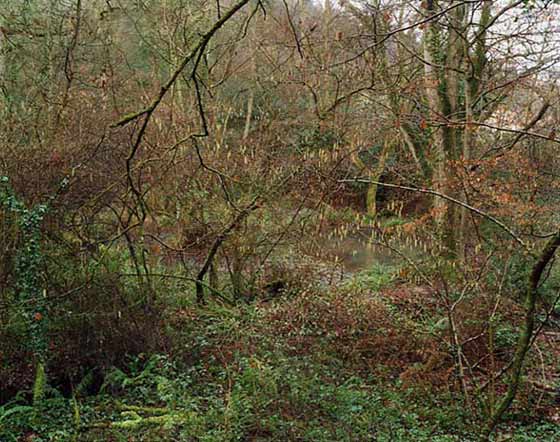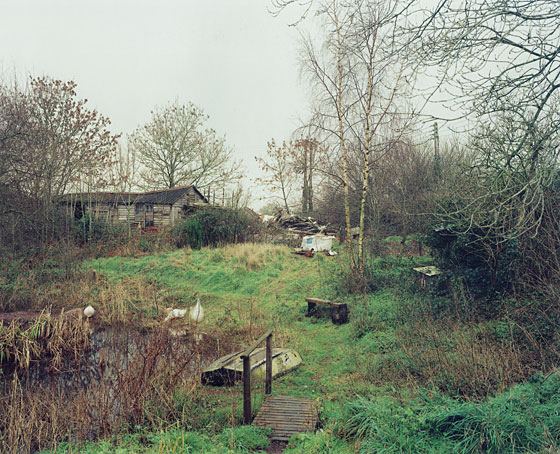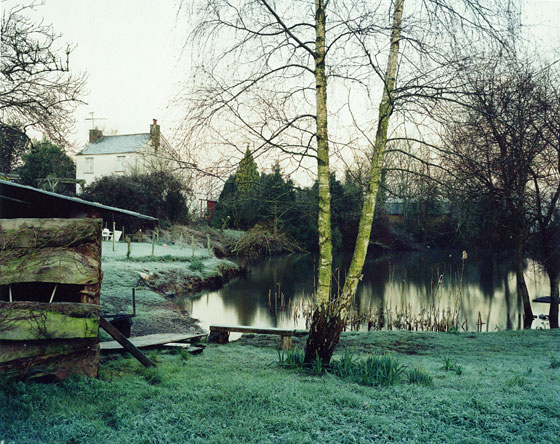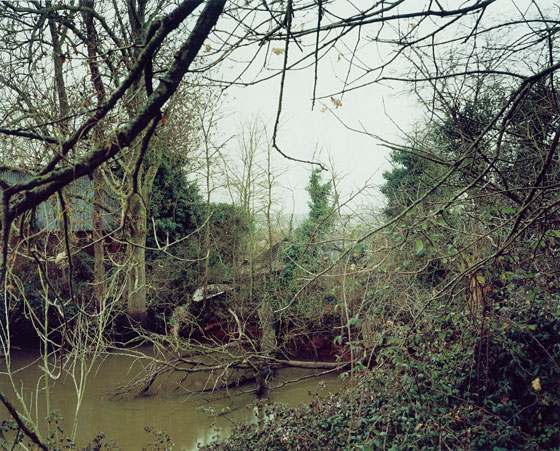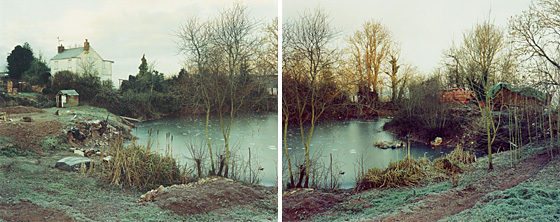Roy Lichtenstein is an American artist, born in New York City in 1923. Lichtenstein’s career hit a high in the 1960s when he became a leading figure of the new Pop Art movement. His work is inspired by comic strips and advertisements, using bright and graphic works parodied American popular culture and the art world. This work was a reaction to some work of artists including Jackson Pollock and Willem de Kooning. He wanted to stand out and to challenge the way spectators view art and so became more inspired by advertisements and comic strips making his work unique. Lichtenstein died in New York in September 1997.
Roy Lichtenstein website: lichtensteinfoundation.org/
About Lichtenstein: http://www.biography.com/people/roy-lichtenstein-9381678
Jackson Pollock | Artist of the same period
Jackson Pollock was an artist who was making work at the same time as Lichtenstein. He was very famous and his work is admired by many people today including some celebrities and actors [e.g Matthias Schoenaerts]. He was an American painter and was a leading face behind the abstract expressionism movement. He is known for being one of the most radical abstract art in history of modern art. Lichtenstein wanted to stand out from this and make his own mark on the world and so felt inspired by Pollock’s work but at the same time he wanted to challenge it or even go in a different direction which was to stand out even more than the work of Pollock himself. I really like Pollock’s work although it can seem like just a huge mess, easy and with a load of paint squiggles everywhere. However, I have tried to make painting similar to his and they haven’t been so successful and it is harder than it looks to get exactly what you want your painting to look like. I do think that his work is unique and it is interesting to see all the bursts of colour and different styles that he used within his paintings.
About Jackson Pollock: http://www.jackson-pollock.org/
Jackson Pollock website: http://www.jacksonpollock.org/
Willem de Kooning | Artist of the same period
About willem de Kooning: http://www.theartstory.org/artist-de-kooning-willem.htm
Willem de Kooning was also an artist at the time and was seen as one of the most prominent and celebrated abstract expressionist painters after Jackson Pollock. His work contains many images of distorted womenly shapes, which reminds me of the work of Picasso. He was a very traditional painter who became famous for his paintings of women, painted in different periods of his life. Lichtenstein was inspired by him through his use of women in art and paintings, which a lot of painters used [and still do] for inspiration. I think that Lichtenstein wanted to pose women in a more human like way showing their emotional states rather than how he physically sees them contrary to the work of Kooning. I don’t really like the work of Kooning as it kind of disfigures the women and makes them come across more as things or objects rather than actual human beings. They look so distorted and messed up that they don’t look human at all, which really does remind me of the work of Picasso and how he would change the facial features and make geometrical shapes out of them to make them unidentifiable.
New York State Pavilion of the 1964 World’s Fair in New York City was a body of work that Roy Lichtenstein famously created. He made images mainly of women being emotional and to me his images see women as weak and small minded. I am unsure whether or not that was his intent but women are shown in more of a negative light through his work. His work is very theatrical and reminds me of the way women are portrayed in Film Noir films and the way those women are seen as being there for the man and only caring about what men think of her, including the femme fatales of those films who are seemingly set out to ruin the man who they have been hurt by.
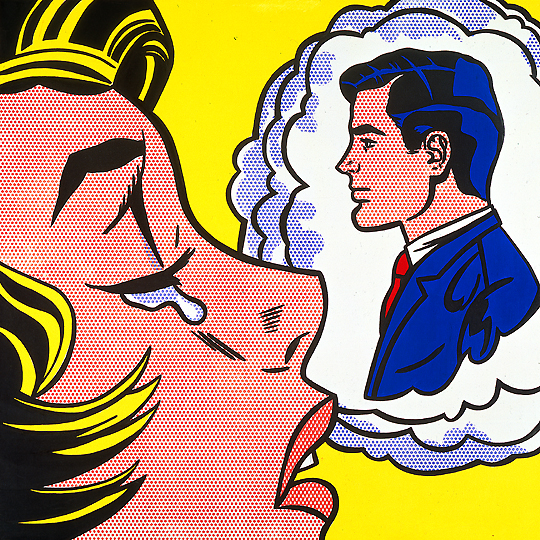
This piece of artwork stands out most to me as it is very simple and obvious. Lichtenstein portrays this woman as crying over a man that she is dreaming and thinking about all the time. It makes her seem weak and desperate to fall in love with this man or to be with him. I do like this image as I think that it is very powerful as I do think that a lot of women do get upset over stupid men but then again I know that women don’t feel sad for long about that one thing or person, we often move on and become stronger. I feel that Lichtenstein does portray women in more of a negative light in that they are constantly obsessing over men and wanting to be around men and that they need men to function properly which I think is wrong. I would like to respond to his work in some way on how women are actually much stronger than what Lichtenstein portrayed them as and that we can do things for ourselves without thinking about what men are going to think or what they have told us we should be doing. I do think the way that Lichtenstein has created this artwork is very unique and I like his comic strip style as it is different and interesting. A possible meaning behind the idea of using the comic strip could be that it is fantasy and women aren’t actually like that as all comic strips are fiction and are usually made with superheroes and made for the entertainment of the spectator to escape to a different world but ultimately he most likely just used this style so that his work would stand out from everyone else’s.
I also found images of women that have taken the style of Lichtenstein and given themselves a makeover to look like the woman does. I find these images really interesting and almost like a response to his work showing possibly how unrealistic they are and how his drawings don’t really reflect the way women actually are. I like this image of the woman with yellow hair as it again just shows how inhuman this woman is and how she is an ideal that Lichtenstein created that is impossible for women to meet and be like. Much like the drawing the women have used their makeup to make themselves look like a cartoon character and shows how it isn’t a realistic representation of a woman at all and although comic strips are exaggerated they don’t really dehumanize anyone with characters mainly consisting of superheroes with the most prominent element being the exaggerations of their body features.

